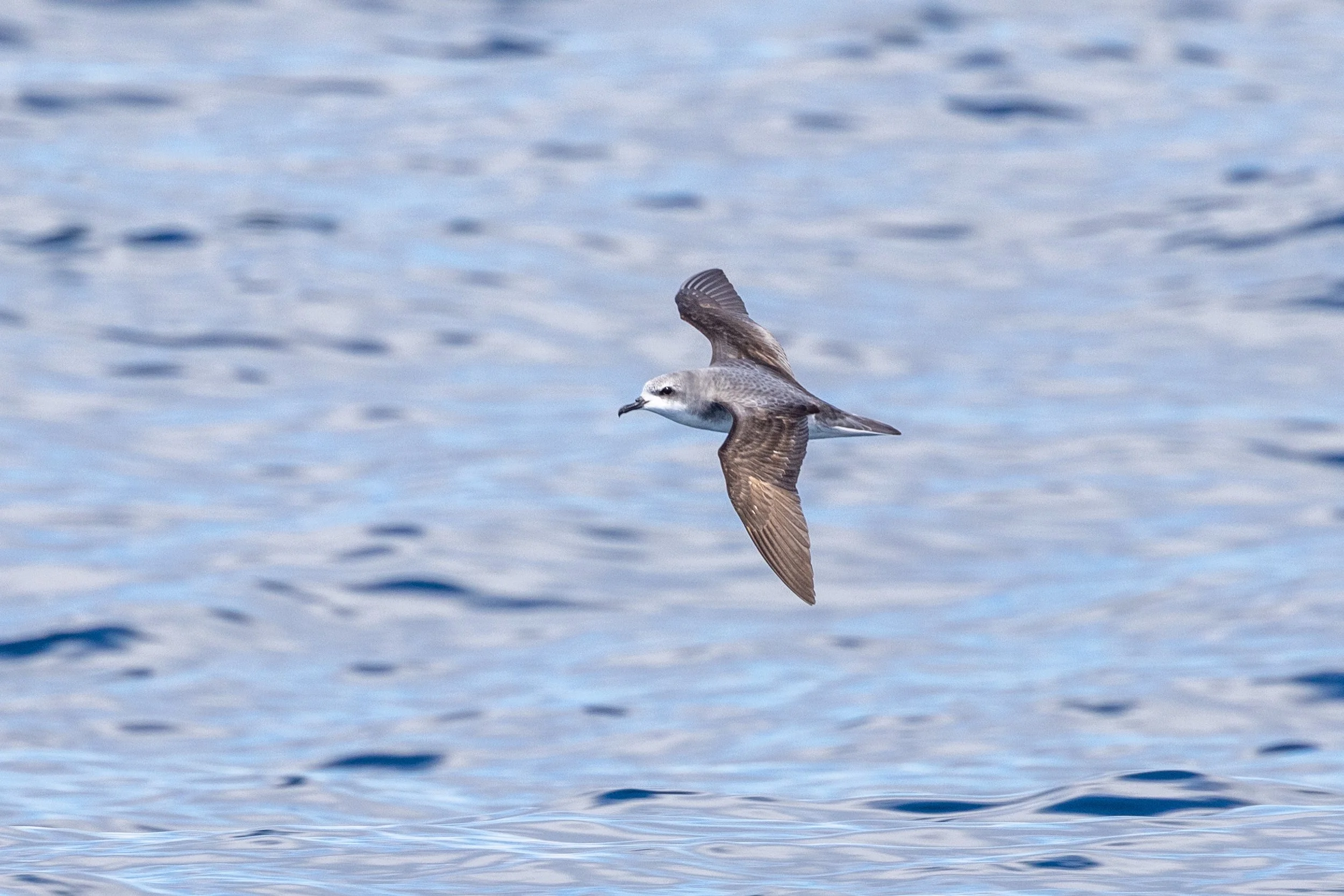How to help birds through the seasons (Autumn)
Greenfinch eating sunflower seeds
Encouraging and supporting birdlife in your backyard is easier than you may think. By taking a few easy steps to create a safe space with access to food and water, you can welcome feathered friends to your garden sanctuary throughout the year. This series looks at bird behaviour through the seasons and how to support them during each one.
Autumn
The harvest moon is upon us here in the southern hemisphere and all around is an abundance of food ripening on vines, trees and flower heads. After building nests and rearing young, most adult backyard birds spend autumn eating, loading up before the winter. But for the young birds who are in adolescence now, they have one key thing on the agenda…speed.
Spreading their wings
Chicks born this breeding season have already gone through most of their childhood. They have broken through shells, called out for sustenance from mum and dad, and tentatively left the nest, though they aren't quite grown up yet. These fresh faces still turn to their parents for guidance on what to eat, where to sleep and how to survive.
Karen Saunders of Native Bird Rescue says that in autumn the combination of adolescent birds and the low position of the sun in the sky leads to a spike in window strike.
“At this time of year, there are heaps of juvenile birds around,” says Karen. “They are testing their limits and abilities a bit like teenagers who like to drive too fast and think they are immortal.”
At Native Bird Rescue, they see an influx of window strike victims, particularly kereru and kākā. Though window strikes can be fatal for all birds, larger birds seem to suffer the most casualties with their extra body weight intensifying the blow.
Window strike kills so many birds each year, but it can be mitigated.
Feather Friendly® window decals are a stick-on dot grid developed in North America where migrating birds collide with skyscrapers en mass. The small dots let birds see the windows without obstructing the view from inside. They will hopefully be available to purchase on the island soon, but for now, have a look here.
Let nature feed the birds
Totting off to the nearest park with bread in hand to feed the birds is a familiar childhood pastime in New Zealand, but unbeknownst to many, that kindness is actually killing them.
Feeding birds human food or even store bought bird seed is fatal for many of our taonga species.
This year Karen has had numerous chicks brought into Native Bird Rescue who are suffering from conditions associated with human feeding. Metabolic bone disease is common among kākā chicks. It’s a debilitating condition that leaves birds with extreme deformities in both their skeleton and beaks, making survival difficult at best.
Instead of actively feeding birds, a more balanced and holistic way is to create a backyard that attracts them naturally. While planting particular trees is a great way to encourage birds to frequent your property (more on that in our winter edition), another way is to simply let your summer flowers go to seed.
While our native birds are not seed-eaters, finches are. By leaving sunflower heads to droop on the plant, this gives finches a food source that is naturally occurring and there is a limited supply….once the seeds are gone, they are gone until the next season.
“If birds are eating the sunflower seeds that's fine,” says Karen. “This is the time of year when that happens in nature, it's the seed being bought off the shelf that’s the problem.”
For more information on feeding the birds, have a read of Zealandia's guide to feeding the birds at home.
New Zealand Cook’s petrel
Once the storm has passed
As we move through autumn and head into winter, storms become increasingly frequent, prompting many of us to secure outdoor furniture and bring pot plants inside. However, native birds often remain exposed and vulnerable to these harsh conditions.
“When severe weather brings down trees, take a moment afterward to check the area,” advises Karen. “You might find injured birds that need help.”
It's not only forest birds that are at risk during extreme weather. In our collective backyard—the Hauraki Gulf/Tikapa Moana, also known as the seabird superhighway—exhausted birds can easily be blown or washed ashore by gale-force winds.
“Next time there's a storm, take a walk along the beach and look carefully for petrels, shearwaters, and other seabirds that could have been displaced. It happens more often than you might think,” says Karen.
Seabirds are particularly vulnerable when forced ashore, as their legs are adapted for life at sea rather than land, making it nearly impossible for them to move easily or escape danger on land without assistance.
If you find an injured or displaced seabird or native bird, contact Native Bird Rescue immediately at 020 473 9464.


